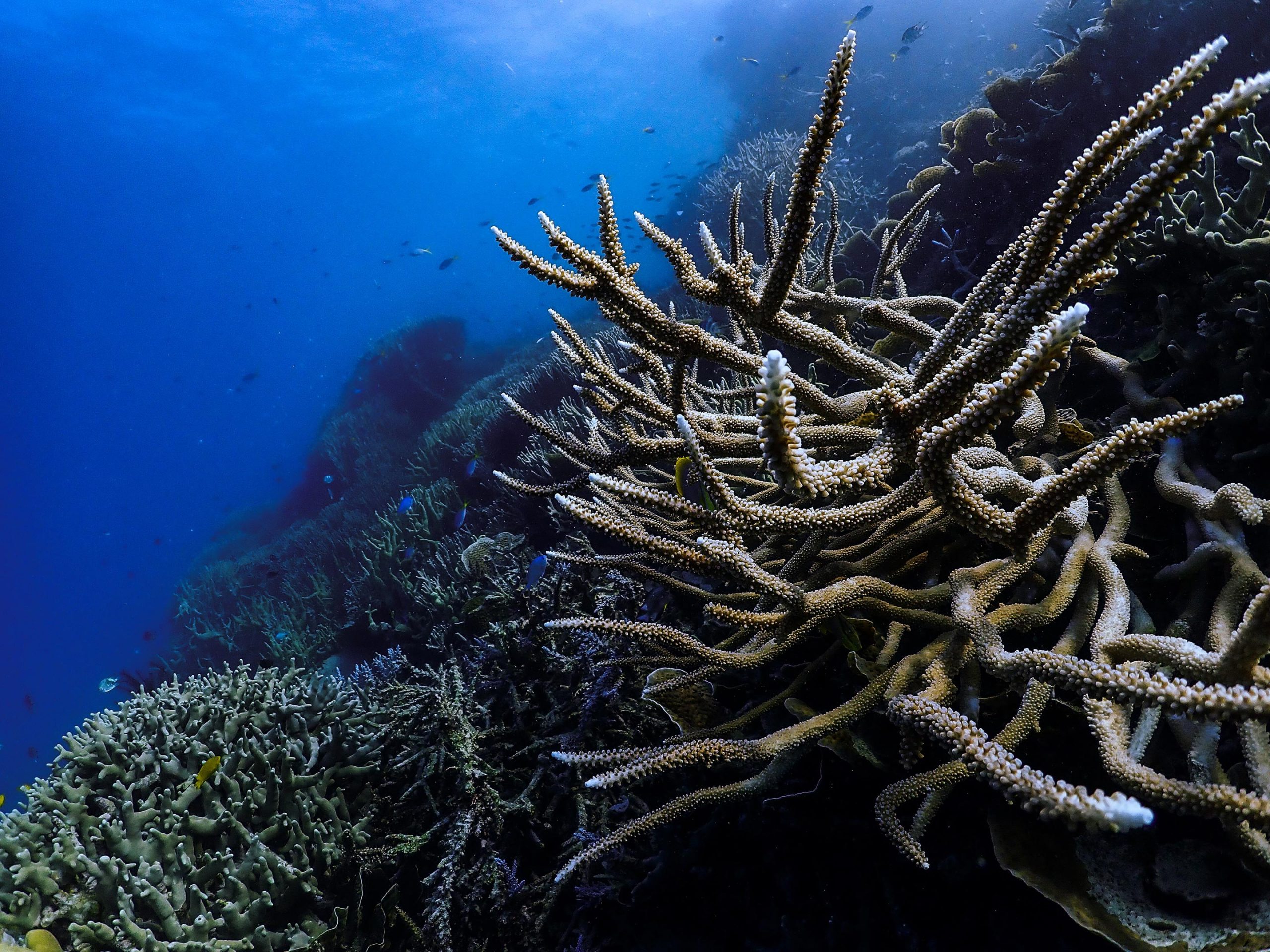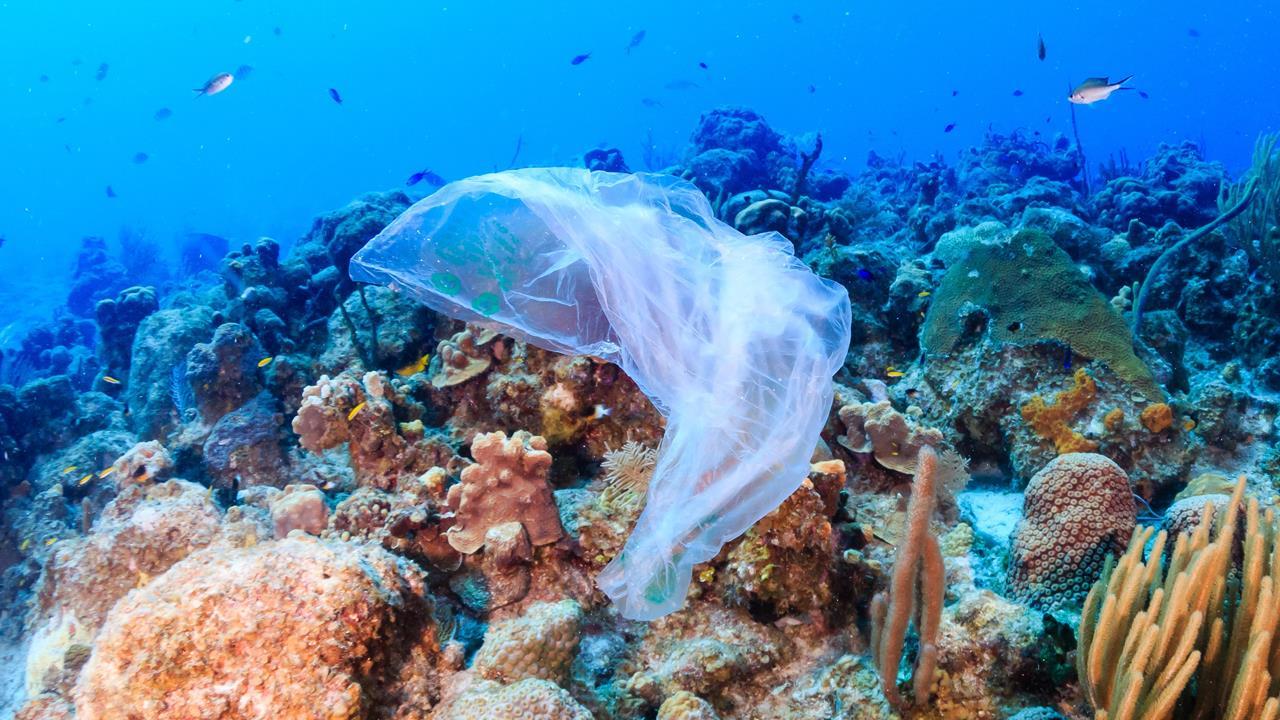© 2000-2023 - Enkey Magazine - All rights reserved
ENKEY SNC - VAT ID IT03202450924 / REA Code CA253701 - Phone. 078162719
The Great Barrier Reef is increasingly frail and sickly, and in less than a century it might be gone for good, destroying the entire sea ecosystem. Thirty decades of reports – collected by the Australian Marine Conservation Society – highlightened a terrifying scenario.
Despite the efforts of ecologists and environmental organizations, corals keep dying out. A good half of the australian reef was lost over the course of only a few decades. And if the alarming climate changes are any indication, the situation might spiral into nothing an actual disaster.
The Australian Marine Conservation Society has thus urged UNESCO World Heritage Center to take action in preventing as much as possible what might become one of the direst ecologic emergencies of the near future.
The Great Barrier Reef is dying; why corals “bleach”?
That the Great Barrier Reef is not in good health is old news. The reef’s condition was already alarming as early as of the late ’90s. Since then, however, the stakes have spiked up, often dramatically.
What’s the reason behind coral bleaching? The discoloring is caused by a disease that affects the polyps, stressing their delicate immune systems. It should be noted that corals (scientic name: Anthozoa) are marine invertebrates and not plants or stones, as commonly mistaken. Also, not all white corals are necessarily dying corals; several species sport lighter coloring (yellow, white, angel skin) and black coral, though extremely rare, is known to still thrive in the Mediterrean sea.

But why do corals “bleach”? The exact causes of the disease are still a matter of some debate. However, it’s been noted that when in conditions of extreme stress or ailment, corals expel the algae-like zooxanthellae that normally live in symbiosis with them. Thus deprived of their main energetic supplement (as well as the source of their coloring), corals begin starving, The inner tissues withdraws and dies over time, leaving behind frail calcified skeletons. Coral “bleaching” is scientifically known as stony coral tissue loss disease (SCTLD).
SCTLD may be caused by a bacterial infection as well as by water pollution, as corals are particularly subsceptible to overheating. Climate changes in the last centuries have caused a massive increase in the spread of SCTLD, and while not all affected corals are known to die, only a small percentage of them may eventually recover. Also, the disease is not limited to the Great Barrier Reef alone; the Mesoamerican Reef is also in dire conditions after contracting SCTLD.
UNESCO urged to apply in-danger listing to the Great Barrier Reef
Already as early as of last year the Proceedings of Royal Society published an alarming paper by professor Terry Hughes, reporting the loss of a good 50% of the Great Barrier Reef over the course of just under three decades. The disease was more widespread among branch corals, but affected other species just as well.
“We used to think the Great Barrier Reef is protected by its sheer size”, professor Hughes explained in detail. “Now there is no time to lose”. According to professor Andy Dietzel, co-author of the report, “the Great Barrier Reef’s resilience is greatly compromised“; while SCTLD can be reversible, sick corals do not recover and rigenerate with the same ease as in the past centuries. Something must be done at once before it gets too late.

According to ARC Center of Excellence for Coral Reef Studies of Queensland, the situation might be even more critical. A good 93% of the Austrial Reef may have already contracted SCTLD and the surviving corals appear weakened and stressed. To the light of these alarming numbers, the Australian Marine Conservation Society urged UNESCO to declare the Great Barrier Reef as “endangered world heritage”. Application of the “in danger” listing should, in return, bring to the attention of the Australian government the pressing need for new, strict measures to contrast pollution and overfishing.
Already in 2014 the government had tried to keep the Great Barrier Reef’s decline in control with the “Reef 2050″ Plan, approved by UNESCO the following years. The results have, however, fallen way under expectations and if the massive bleaching of the Australian reef is any indication, we are running dangerously out of time.
This post is also available in:
 Italiano
Italiano

